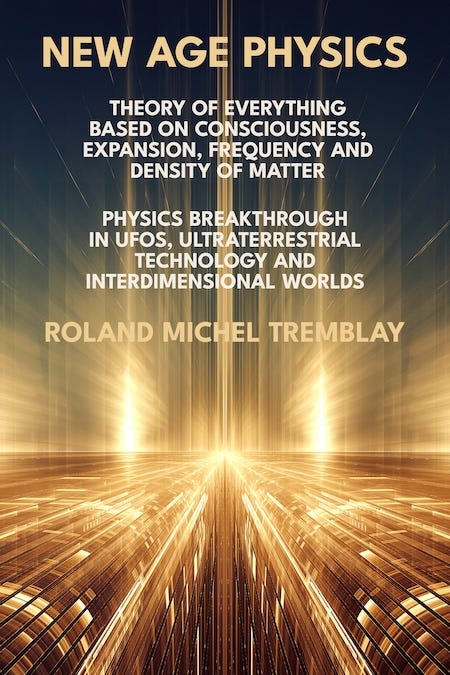1.7 How planets, solar systems, galaxies, neutrinos, electrons and atoms form (no paywall)
Theory of Everything based on Consciousness, Expansion, Frequency and Density of Matter (7 of 9)
1.7 How planets, solar systems, galaxies, neutrinos, electrons and atoms form
And now, for the last example, let’s have a look at how planets, solar systems, galaxies, neutrinos, electrons and atoms form.
In all cases, it is just a question of a lot of matter agglomerating in a same location, through the expansion of everything, and all distances decreasing, until a massive ball of matter collapses, under its own weight and pressure. It then erupts, through internal matter squeezing out at both poles, following the path of least resistance.
These two jets of matter, are the reason why solar systems, galaxies, electrons, atoms, and the rings of Saturn, are mostly flat objects. Although, when they move extremely fast in the very small, they may appear to be spherical, while they are not.
And of course, there are exceptions, and some galaxies are not flat. They must have had jets of matter ejected in more than two directions, or more likely, they collapsed with other galaxies.
And then slowly, with the expansion causing motion, natural orbits form, and all the matter shapes up into orbiting components. For solar systems and electrons, which move more rapidly, the orbiting expanding matter shapes up into orbiting planets and neutrinos. But for galaxies and atoms rotating more slowly, the two jets of ejected matter at both poles, form into long arms. And a further explosion, might add two more arms in time.
The closer to the galactic centre, the faster matter orbits, just like planets closer to the Sun, orbit faster than the ones further away. Consequently, in time, the galactic arms twists into spirals, because matter nearer the centre orbits faster, while matter further away orbits slower. Eventually, because of the expansion, the matter of the arms form into solar systems.
Matter is not moving towards the galactic centre in a galaxy, like water in a sink hole. On the contrary, the orbits of the solar systems in a galaxy, are very much like the ones of the planets in a solar system. They are all in stable orbits, although moving together in arms, because many are interconnected through an exchange of orbiting planets. And behind the scenes, in the third perspective, their orbital rings are constantly enlarging in more spirals.
There are no more black holes, singularities or worm holes in Atomic Expansion Theory. The centre of a galaxy is either a massive bright sun, or a massive dead sun, which simply does not emit any light. Either way, it is just a big expanding lump of matter, kept at a distance from the orbiting solar systems, by their enlarging orbital rings.
If there are any stargates out there, these devices don’t bend space by opening worm holes. They must either accelerate or decelerate the speed of your particles, to relatively expand or contract you, to the location you want to be. Distance does not exist, everywhere is around you, either very large or very shrunk.
Table of content (no paywall)
1.1 New Age Physics – A working and credible Theory of Everything
1.2 Five types of expansion and contraction of matter to explain the entire physics
1.3 Explaining UFOs, interdimensional worlds and beings
1.4 New theory for gravity, orbits, attracting and repelling forces
1.5 Four different perspectives required to understand gravity and orbits
1.6 Best proof for Atomic Expansion Theory, the physics of a falling suspended slinky
1.7 How planets, solar systems, galaxies, neutrinos, electrons and atoms form
1.8 What is truly relative in physics, and the end of the space-time-mass-energy concept
1.9 Debunk of current theories in physics: Einstein, Newton and Quantum Mechanics
Download New Age Physics Free Chapters:
Book PDF, Docx PDF, DOCX, Kindle ePub, Kindle Mobi, Apple Books, Nook, Google Play, Kobo, Generic ePub





